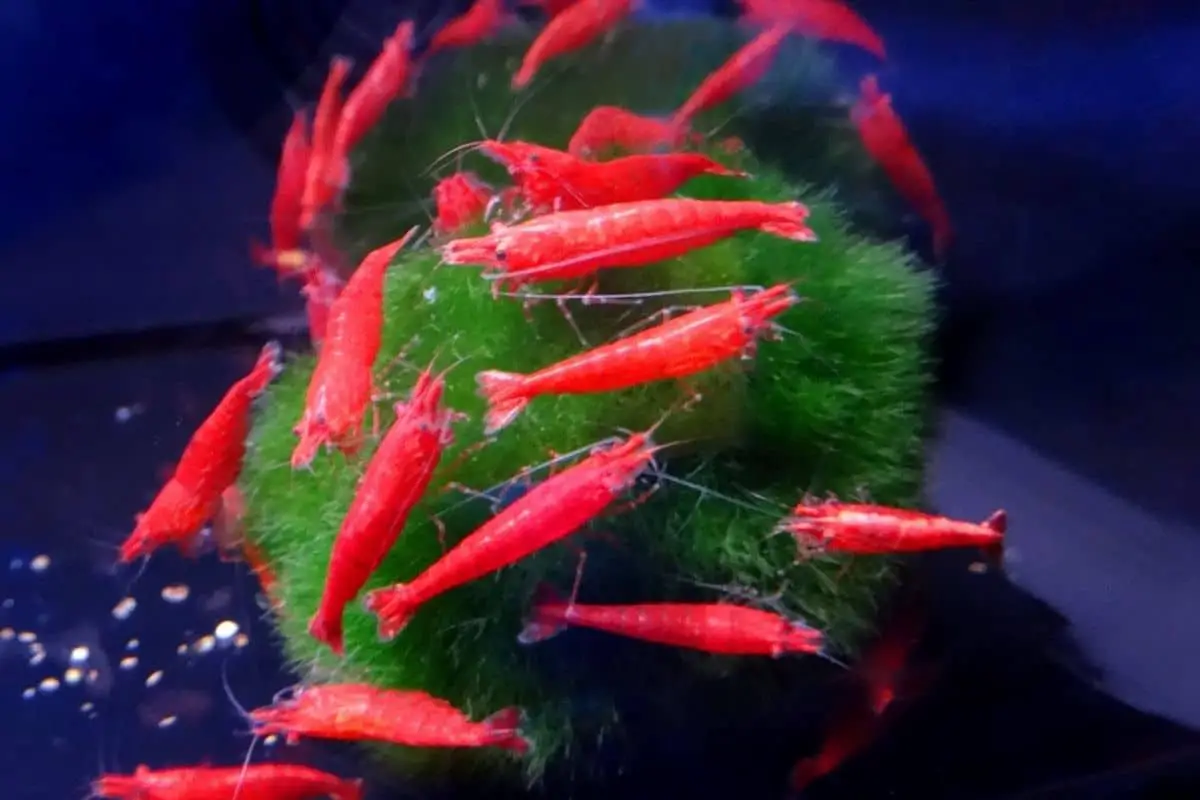
DIY Peat Moss: 5 Simple Steps to Success – Start Today!
Read more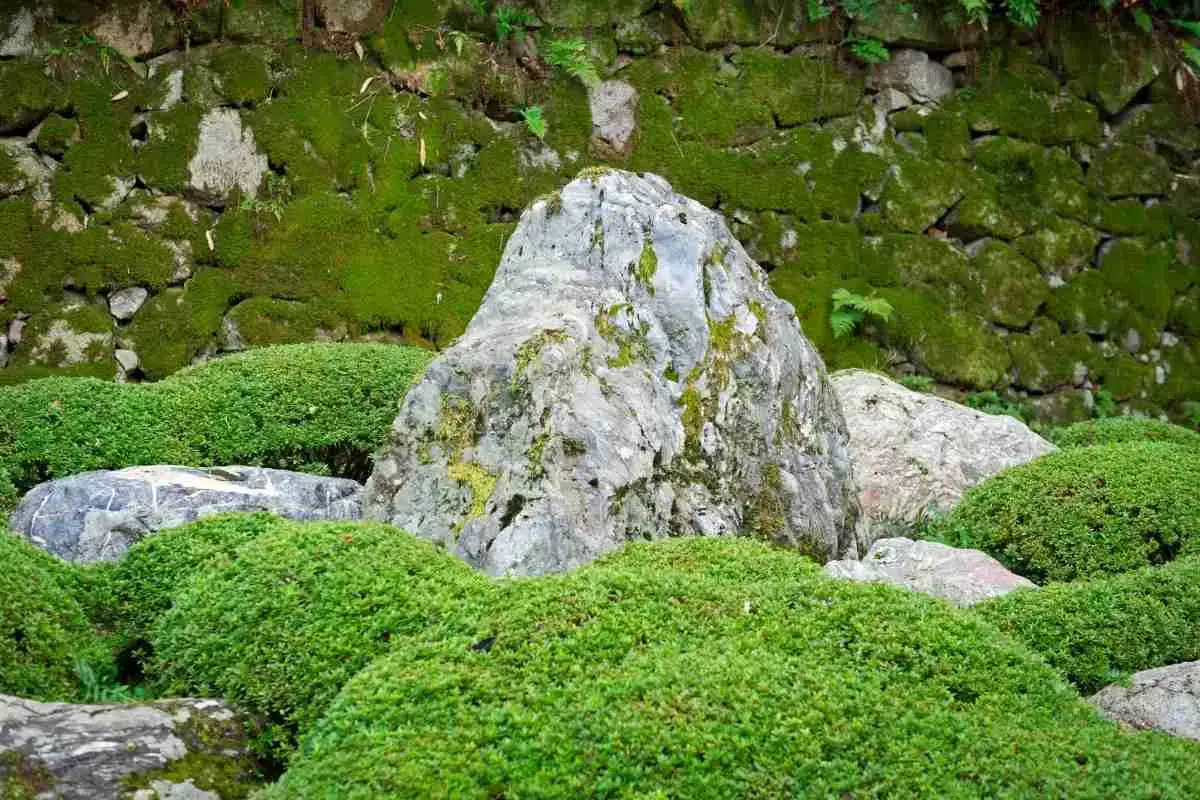
11 Types Of Moss That Grows On Rocks!
Read more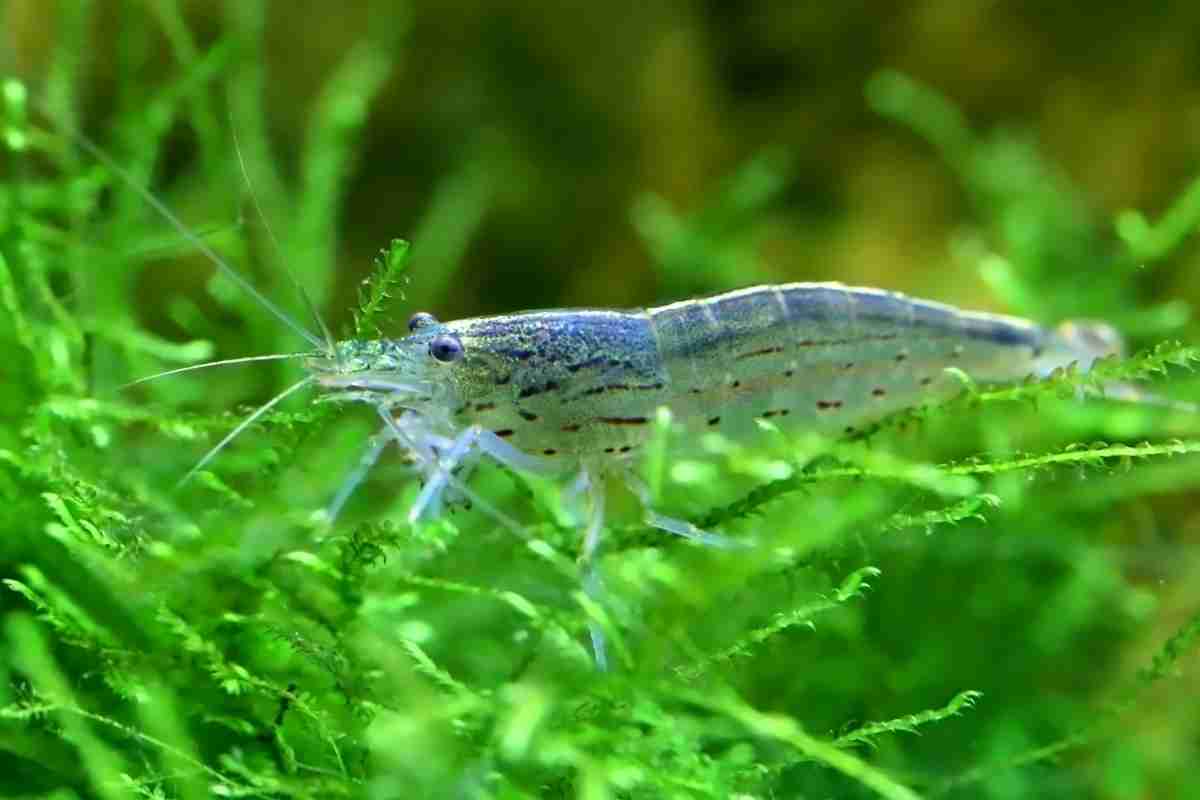
How To Grow Algae For Shrimp In An Aquarium?
Read more
Is Algae A Protist? (Autotrophic Or Heterotrophic)
Read more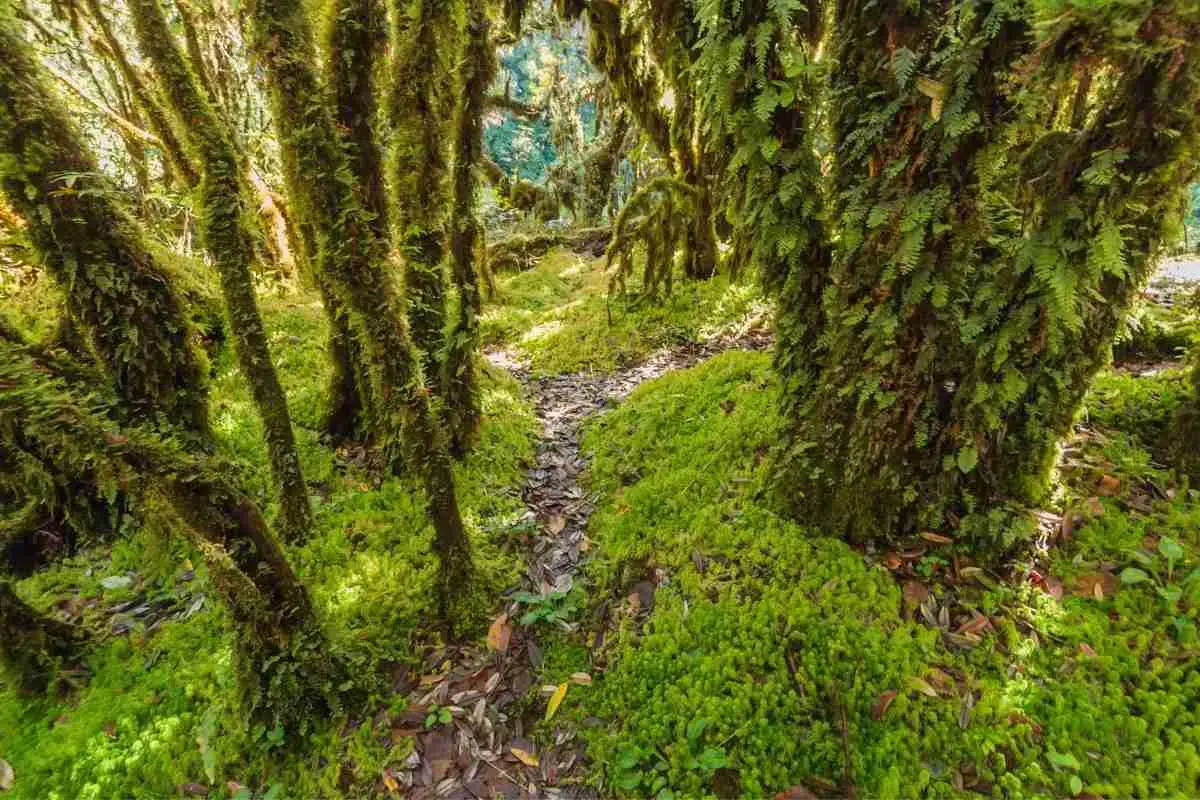
8 Types Of Moss That Grows On Trees
Read more
Does Algae Need Sunlight? The Surprising Truth!
Read more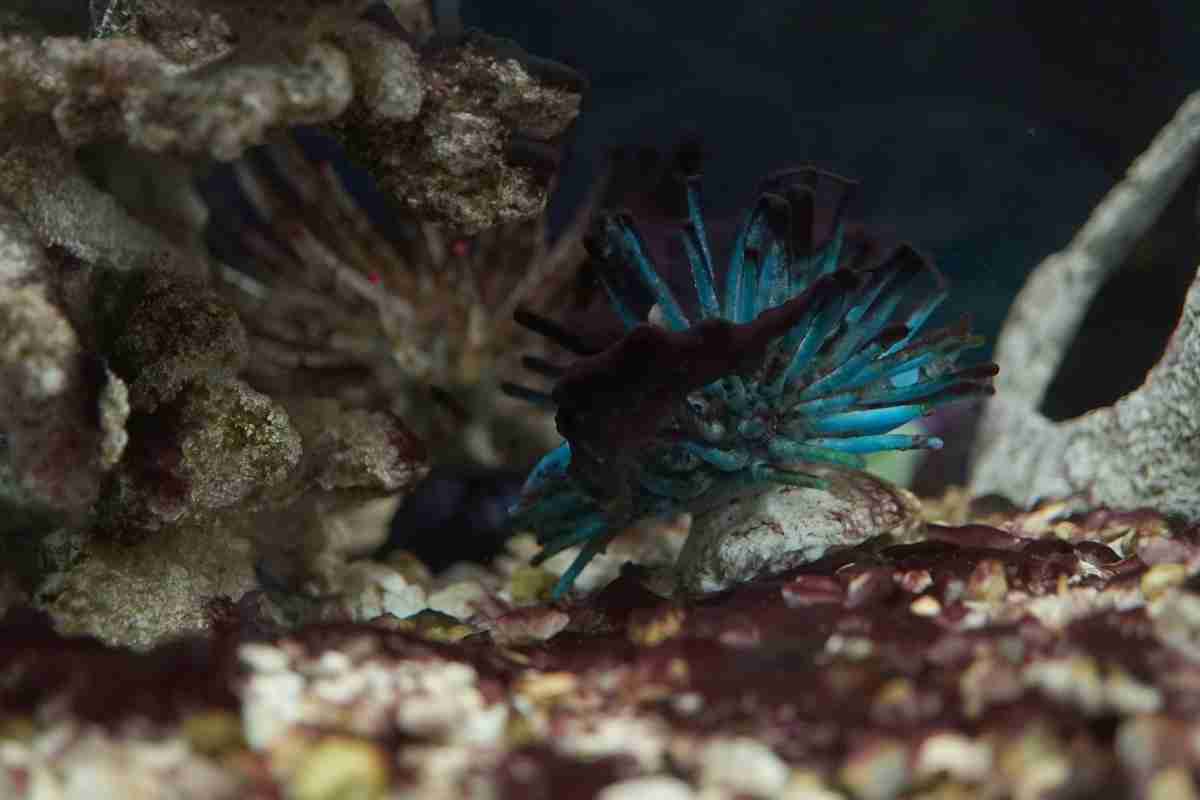
How To Get Rid Of Brown Algae In My Saltwater Tank?
Read more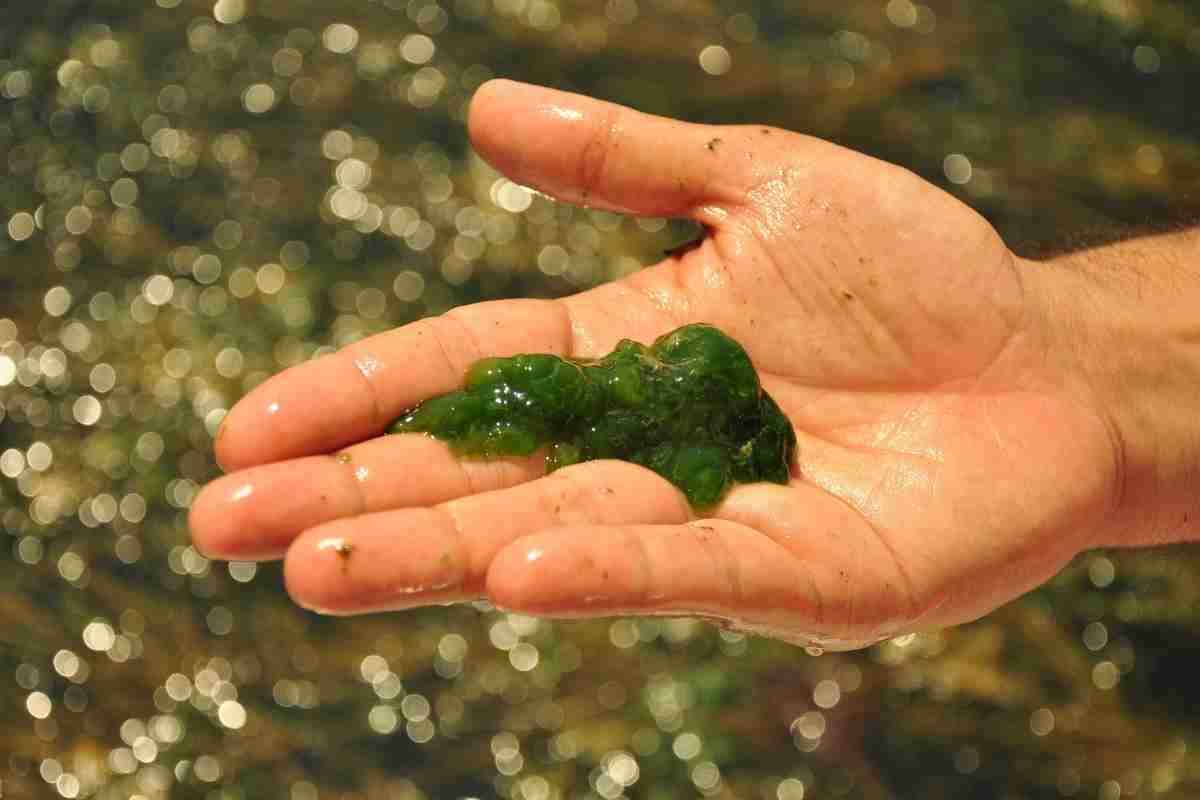
How Fast Does Algae Grow? Growth Rate Factors!
Read more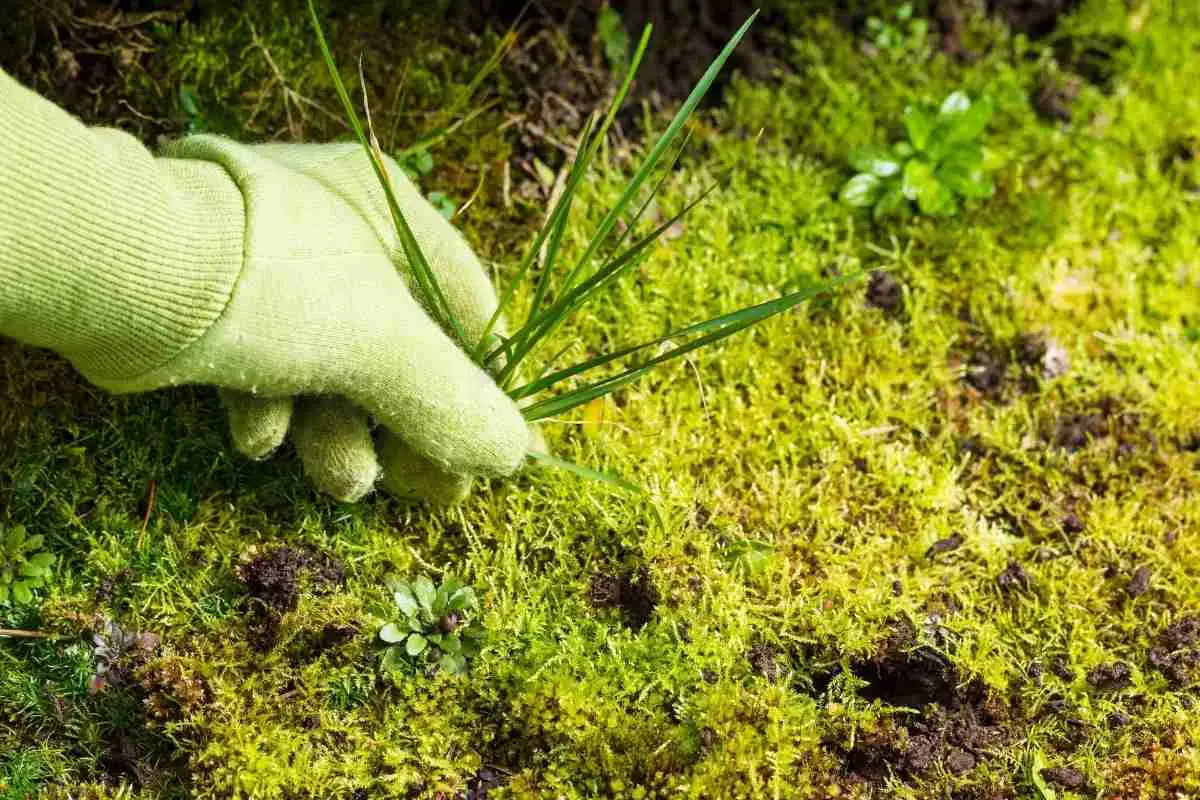
8 Simple Tips For Keeping Moss Alive!
Read more
Is Moss Edible? Top 5 Edible Mosses
Read more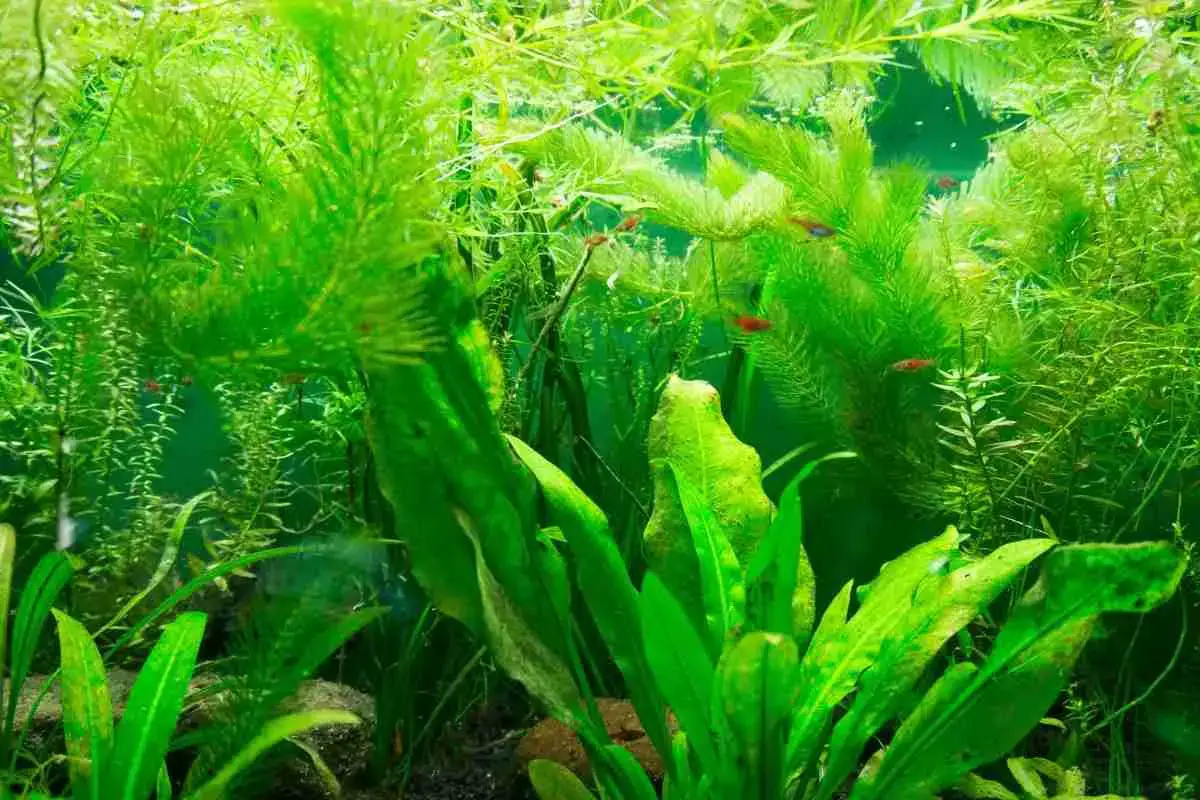
5 Simple Methods To Promote Algae Growth!
Read more